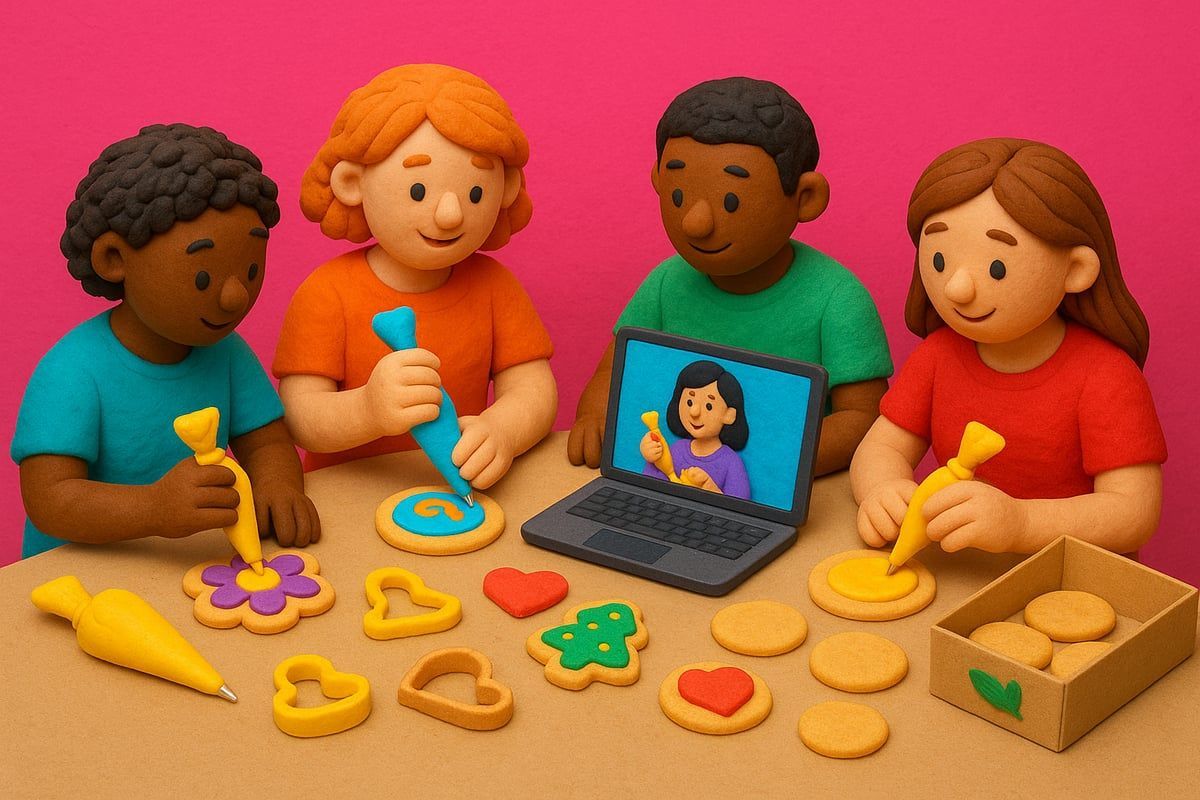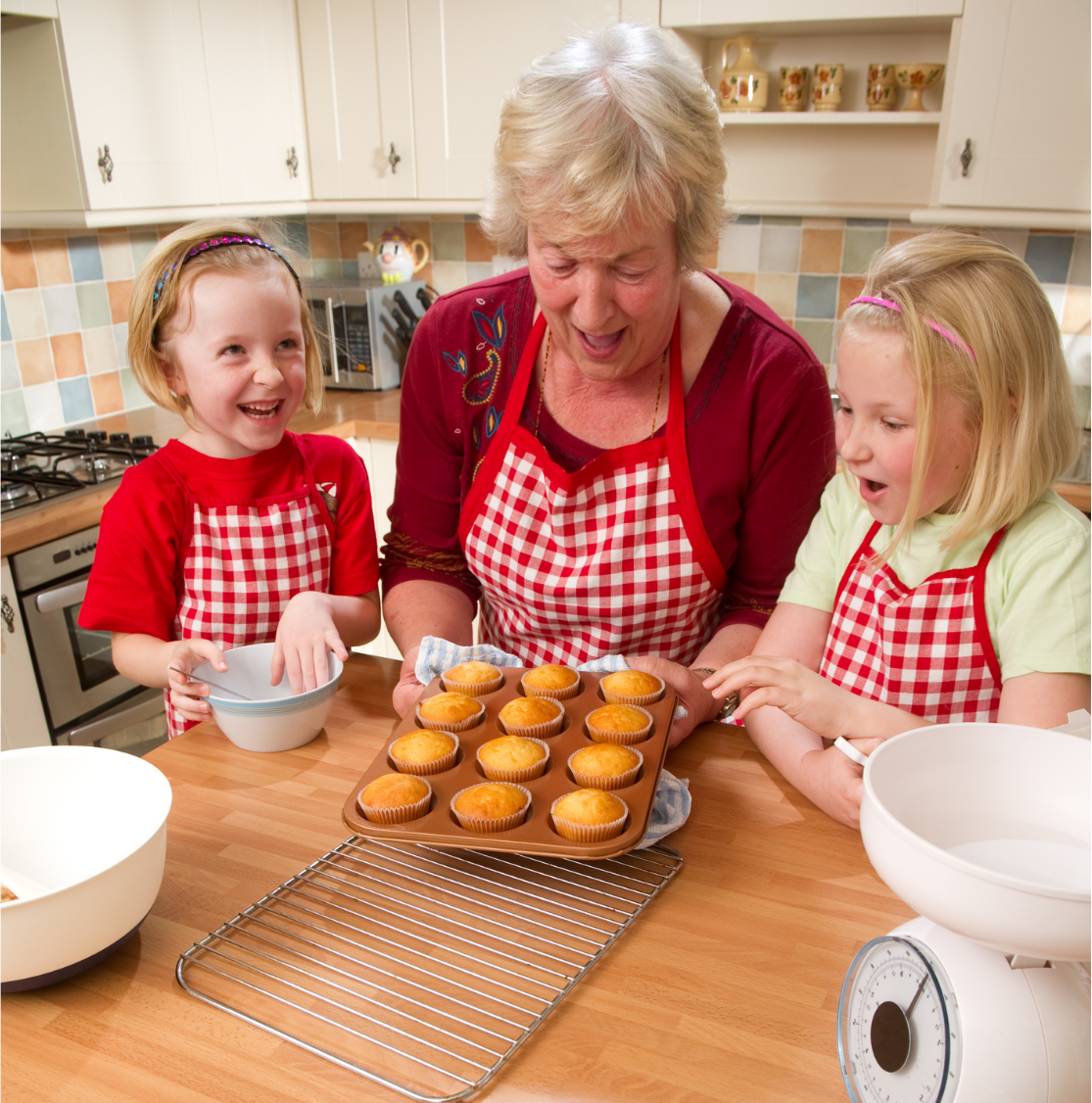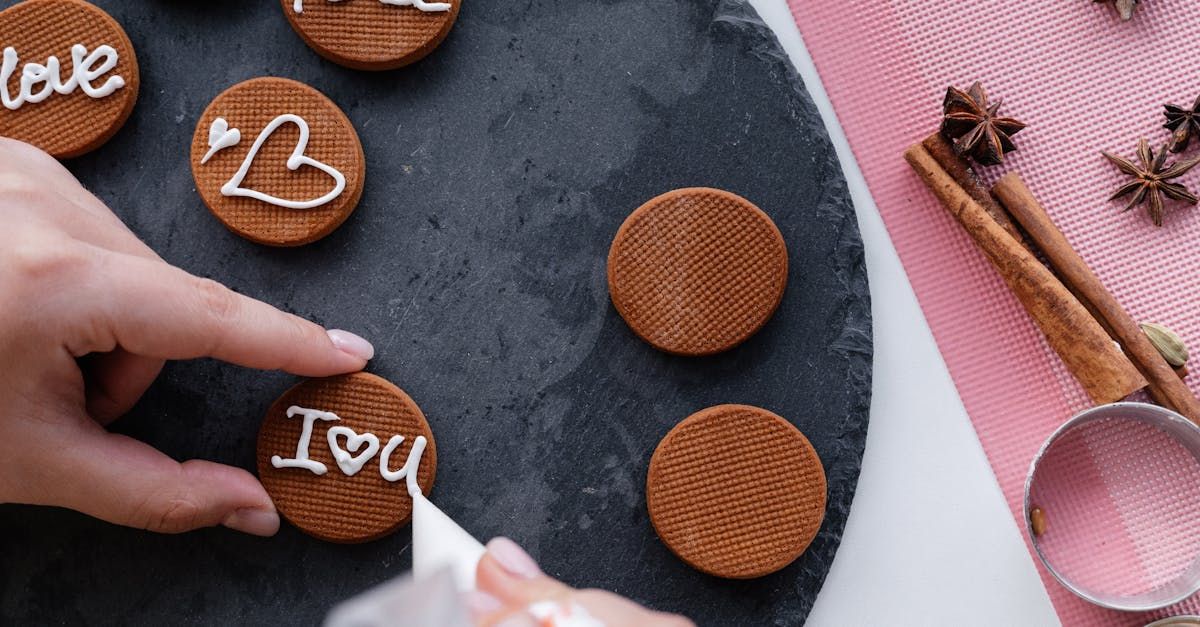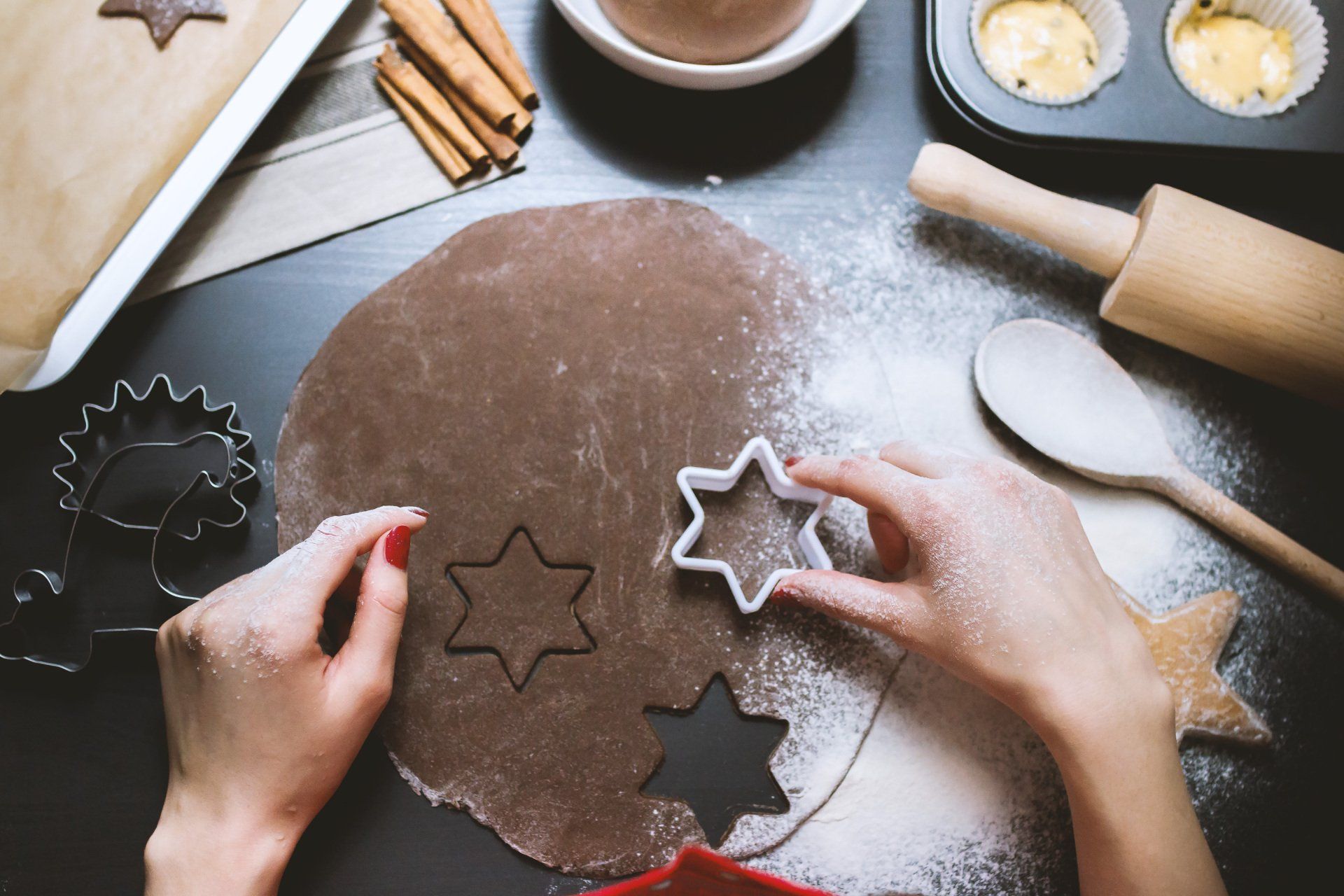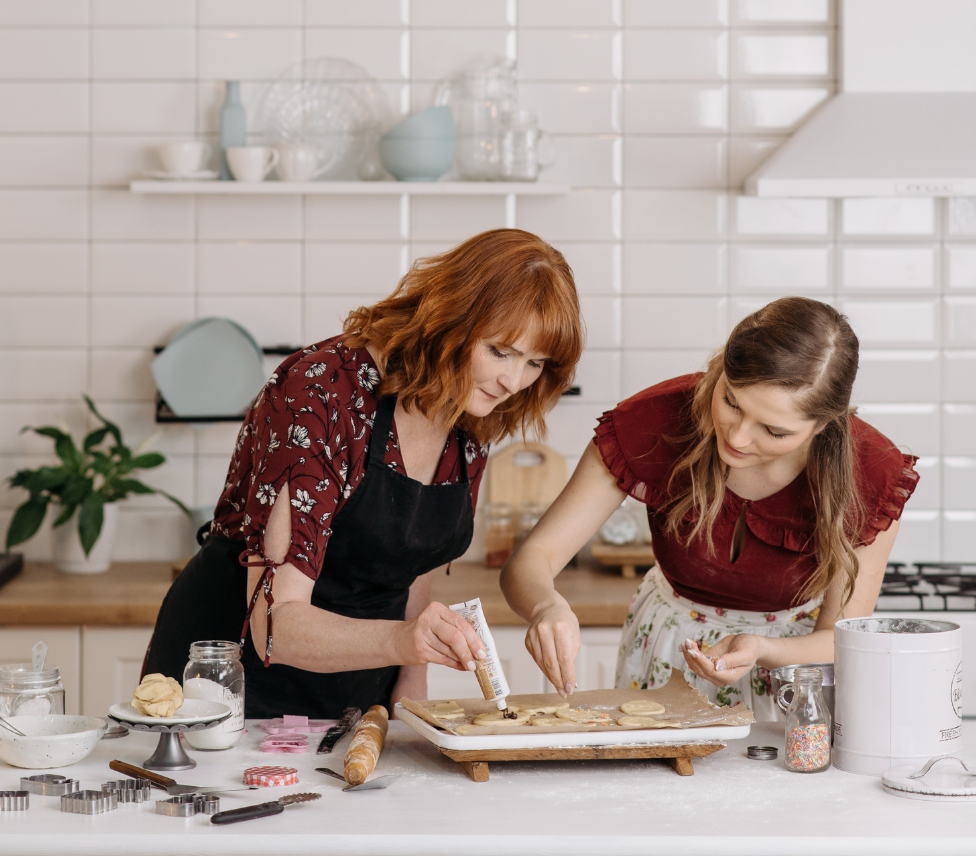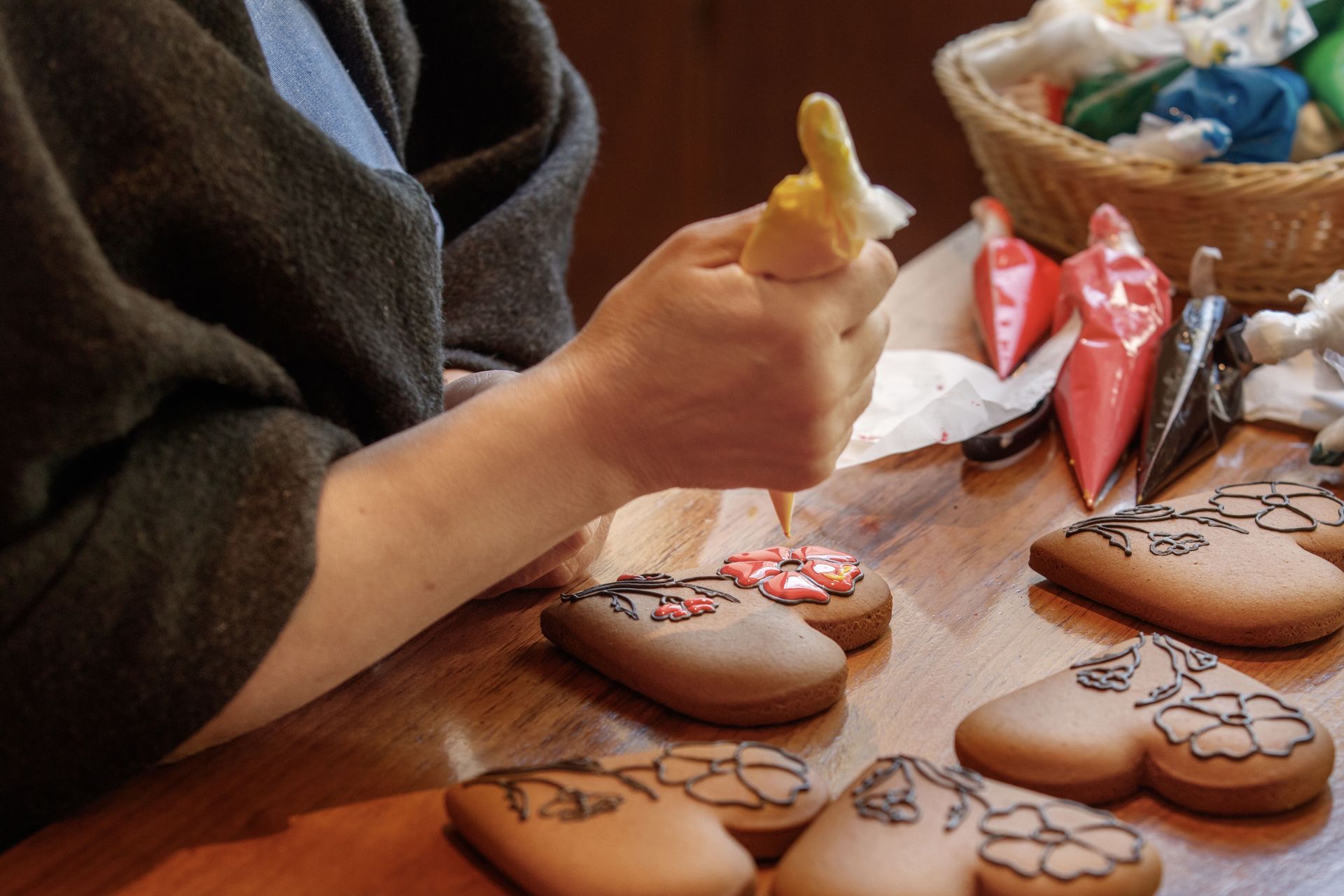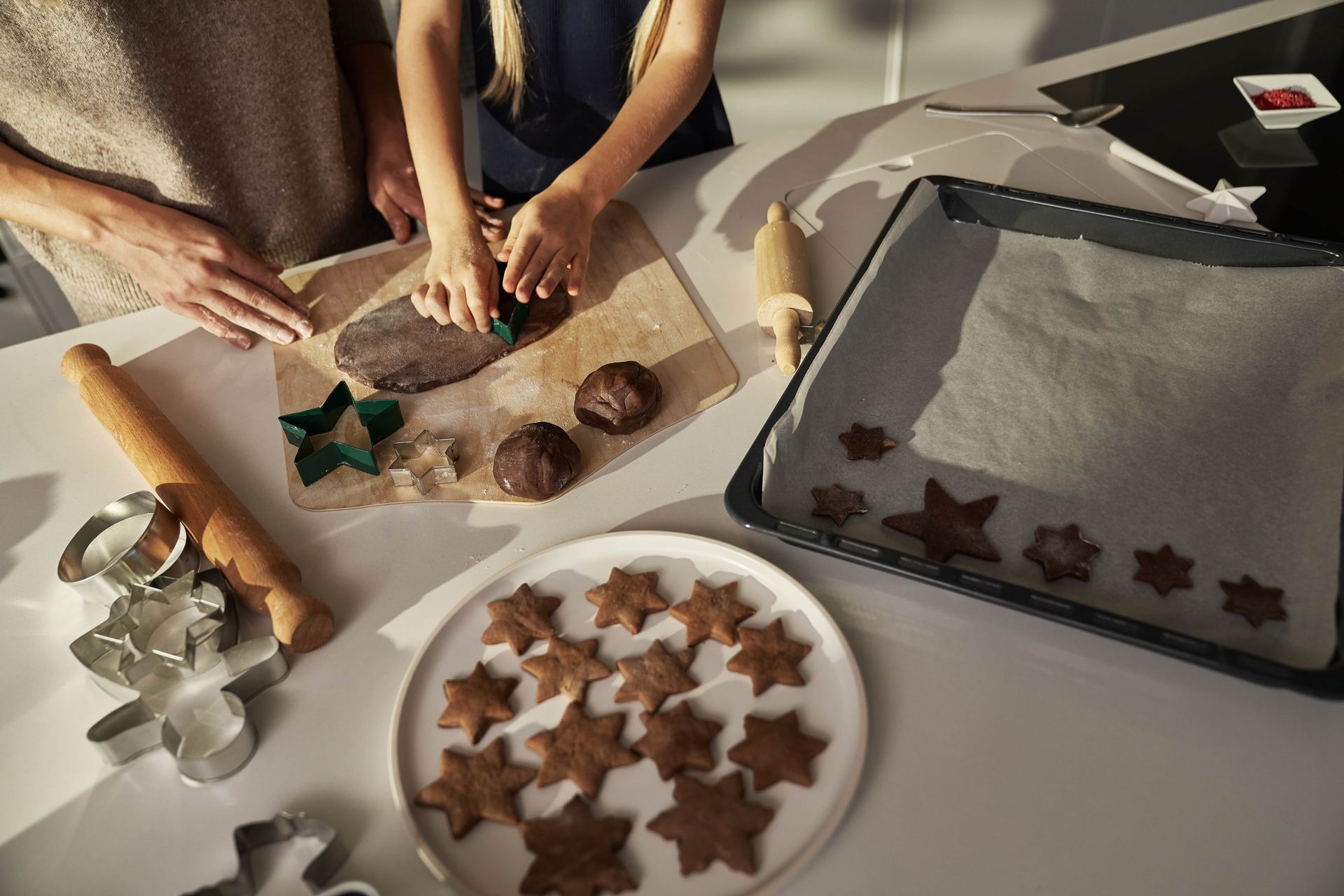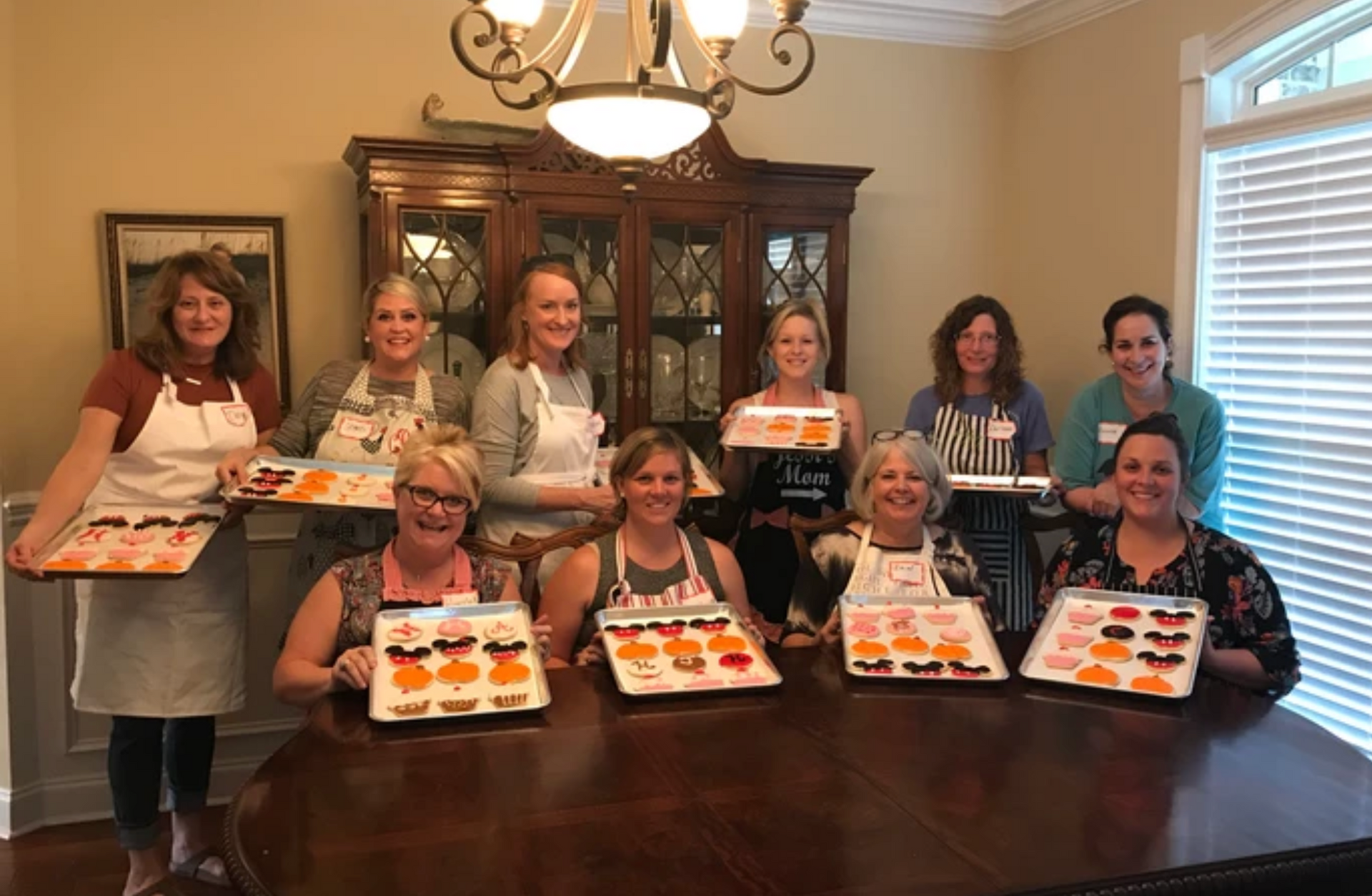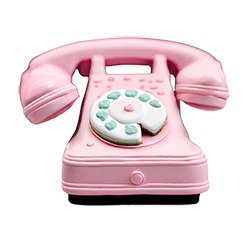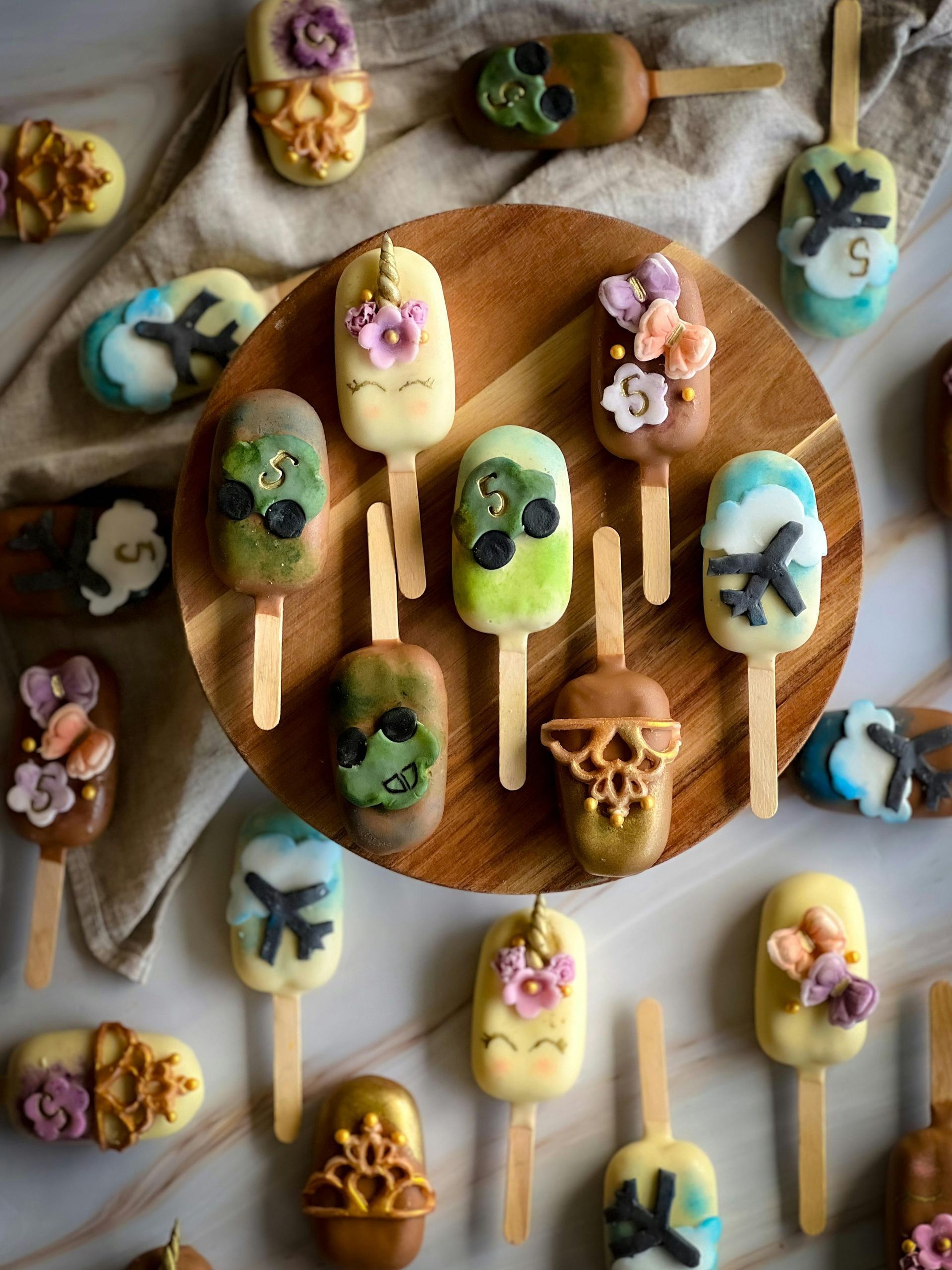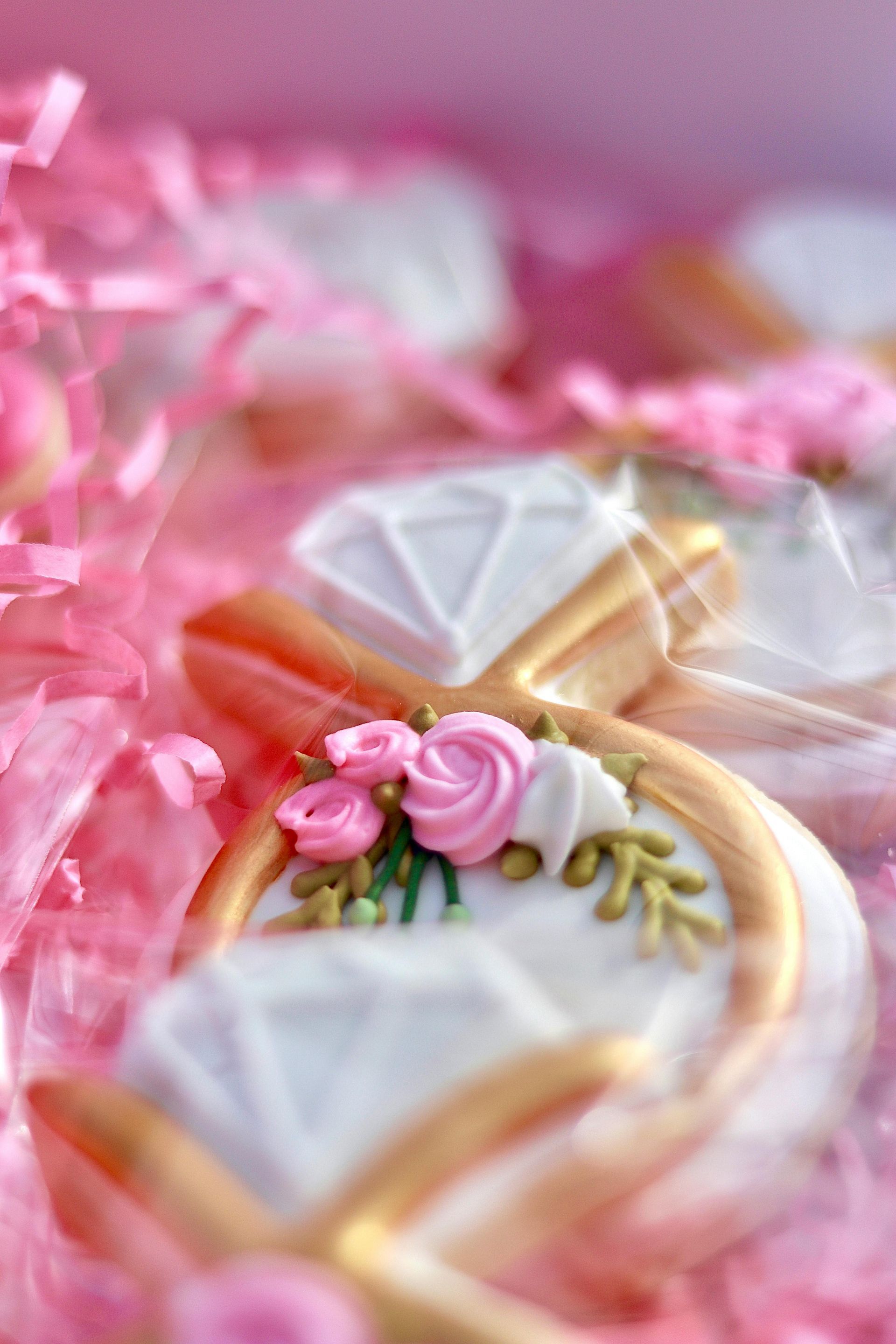Cookie Decorating Course Guide: Your Creative Path in 2025
The Cookie Decorating Course Landscape in 2025

Cookie decorating is capturing imaginations everywhere, quickly becoming one of 2025’s most exciting creative trends. People are discovering that this art form is not only a fun way to express themselves but can also become a rewarding skill with real earning potential.
This guide is designed to help you succeed on your journey, whether you are new to the world of cookies or looking to turn your passion into profit. You will find step-by-step advice on how to select, enroll in, and thrive in the ideal cookie decorating course for your goals.
Explore the latest course types, essential skills, trending tools, and innovative techniques. Discover how to launch your own creative adventure, stay ahead of trends, and transform your cookie decorating dreams into reality in 2025.
The Cookie Decorating Course Landscape in 2025
Cookie decorating has evolved into a dynamic field, with new opportunities opening every year. Whether you are just starting or looking to refine your craft, understanding the current cookie decorating course landscape is essential. In 2025, a variety of formats, topics, and technologies are shaping how aspiring decorators learn and grow.
Evolution of Cookie Decorating Courses
The past few years have seen a remarkable shift in the cookie decorating course landscape. What began as informal hobbyist meetups has transformed into structured, skill-based programs. In 2025, accredited pathways and online certifications are widely available, catering to growing demand. Google searches for "cookie decorating classes" have increased by 30 percent since 2023, reflecting this surge in interest.
Today, learners can choose between in-person, virtual, and hybrid formats. The popularity of flexible, self-paced learning is on the rise, allowing students to fit lessons into busy schedules. Social media trends now directly influence course content, ensuring that skills taught remain current. Notable institutions and platforms, such as online cookie decorating classes, lead the way with innovative offerings and expert instructors.
Types of Courses Available
The range of cookie decorating course options in 2025 is broader than ever. Beginners can start with foundational classes, while intermediate and advanced tracks dive deeper into techniques and styles. Specialized courses focus on holiday themes, wedding cookies, and even corporate gifting.
For families, there are kids’ classes and group workshops that make learning fun and interactive. Masterclasses with celebrity decorators are sought after by enthusiasts looking to elevate their skills. Programs offering certification are ideal for those aiming to turn their passion into a career. Platforms like Udemy and Craftsy offer some of the most popular cookie decorating courses, making it easy to find the right fit for any goal.
Course Structures and What to Expect
When enrolling in a cookie decorating course, understanding the structure helps set expectations. Most classes range from one-hour sessions to multi-week programs, with clear learning outcomes outlined in the curriculum. Hands-on instruction is popular, but demonstration-based formats are also available.
Course sizes vary, from small group workshops to private lessons and self-paced online modules. Assessments often include project submissions, quizzes, and peer reviews to track progress. Pricing can range from $25 to $300 per course, depending on depth and resources provided. Many programs offer access to class recordings and supplemental materials, supporting ongoing learning after the course ends.
Trends Shaping 2025 Courses
Several key trends are redefining the cookie decorating course experience in 2025. The integration of AR and VR offers immersive, interactive lessons that bring techniques to life. Sustainability is a growing focus, with courses promoting eco-friendly tools and ingredients.
Global influences are more prominent, as multicultural decorating styles gain popularity. Business skills are now a vital part of many curricula, teaching branding, marketing, and e-commerce essentials. Notably, 40 percent of courses include modules on social media promotion, preparing students to share and monetize their creations in a competitive digital landscape.
How to Choose the Right Course for You
Selecting the ideal cookie decorating course starts with knowing your current skills and future goals. Assess your experience honestly to determine whether you need a beginner, intermediate, or advanced class. Research instructor credentials and read student reviews for insight into teaching quality.
Look for curricula that reflect modern trends and techniques. Community and mentorship can make a significant difference, so consider programs with active forums or support networks. Previewing course content or attending trial classes helps ensure the right fit before you commit. With thoughtful selection, your journey in cookie decorating can be both enjoyable and rewarding.
Essential Skills and Techniques Taught
Cookie decorating has evolved into an art form, and a comprehensive cookie decorating course is designed to build both confidence and creativity. Whether you are just starting or seeking to refine your abilities, these courses focus on essential skills and techniques that form the backbone of cookie artistry.
Foundational Skills for Every Decorator
Every successful cookie decorating course begins with mastering the basics. Students learn how to mix and roll dough for consistency, ensuring cookies keep their shape and taste delicious after baking. Attention is given to essential baking techniques, such as proper chilling and even thickness.
Preparing royal icing and buttercream is a core skill. Courses teach the right consistency for outlining, flooding, and detail work. Piping basics are introduced, covering how to outline shapes, flood surfaces smoothly, and add decorative details.
Common beginner mistakes, like overmixing dough or using icing that's too runny, are addressed early. Many courses include troubleshooting exercises so you can avoid these pitfalls from the start.
- Proper dough mixing and rolling
- Baking techniques for consistent results
- Icing preparation and piping fundamentals
- Avoiding common beginner errors
Advanced Decorating Techniques
As you progress in a cookie decorating course, advanced techniques become the focus. Students explore intricate piping, such as lacework, filigree, and creating custom monograms. These skills add elegance and complexity to cookie designs.
Three-dimensional cookie construction and sculpting allow for stunning centerpieces. Techniques like airbrushing, stenciling, and hand-painting introduce new ways to add depth and texture. Edible printing and transfer methods are covered, making it possible to replicate detailed patterns or logos with precision.
Sugar art and isomalt embellishments bring a sculptural quality to cookies, transforming them into edible works of art. These advanced skills set professionals apart and are often the highlight of an advanced curriculum.
- Intricate piping and lace techniques
- 3D construction and sculpting
- Airbrushing and stenciling for unique effects
- Edible printing and sugar art
Creative Inspiration and Design Principles
A leading cookie decorating course emphasizes creativity as much as technique. Students learn color theory and palette selection, helping them design visually appealing cookies. Balancing composition and using negative space are key principles that elevate presentation.
Courses encourage drawing inspiration from art, fashion, and nature. Seasonal and event-based planning is included, so decorators can create themed sets for holidays, weddings, or corporate events.
Trending designs for 2025 include botanical motifs, metallic accents, and minimalist aesthetics. These trends are often showcased in class projects to inspire original creations.
Trending Designs
- Explore color palettes and design balance
- Plan cookies around seasonal or event themes
- Draw inspiration from diverse sources
Troubleshooting and Perfecting Your Craft
Troubleshooting is a vital part of any cookie decorating course. Common challenges include achieving the right icing consistency, preventing color bleeding, and stopping dough from spreading during baking. Courses provide step-by-step guidance for fixing mistakes and often supply tools to aid in precision and cleanup.
Expert decorators share tips for continuous improvement, such as keeping a practice journal and regularly reviewing finished cookies. According to recent data, 85% of successful students attribute their progress to consistent troubleshooting practice.
For more actionable advice, check out these tips to elevate decorating skills, which complement the core lessons found in any reputable cookie decorating course.
- Diagnose and fix common decorating issues
- Use specialized tools for precision
- Practice troubleshooting to build confidence
Tools, Supplies, and Tech Innovations
Equipping yourself with the right tools and supplies is essential for success in any cookie decorating course. In 2025, innovations in both traditional and digital resources are transforming how decorators learn, create, and showcase their work.
Must-Have Tools for Beginners and Pros
Every cookie decorating course starts with a foundational toolkit. Beginners benefit from essentials like piping bags, assorted tips, scribe tools, and versatile cookie cutters. As skills advance, decorators often add specialty tools such as airbrush kits, stencils, and edible markers to expand their creative possibilities.
When selecting brands, weigh quality against affordability. Investing in food-safe, durable materials ensures consistent results and safety. Popular platforms like Amazon and Wilton consistently feature best-selling kits tailored for all experience levels, making it easier to find the right supplies for your cookie decorating course.
Ingredient Selection and Flavor Trends
The right ingredients are crucial for both taste and visual appeal in a cookie decorating course. Choose high-quality flour, pure sugars, and reliable leaveners for optimal texture. Natural food colorings and premium flavor extracts are now widely used, supporting both health and vibrant design.
Flavor trends for 2025 include matcha, chai, and floral infusions. There is also a strong focus on gluten-free and allergy-friendly recipes, with 60 percent of courses addressing dietary needs. For more on emerging styles and flavor innovations, see the latest 2025 cookie decorating trends.
Digital Tools and Learning Platforms
Modern cookie decorating course experiences increasingly rely on digital tools. AR and VR apps provide step-by-step guidance, turning learning into an immersive, interactive process. Decorators connect through online communities, sharing progress and seeking feedback in real time.
Photography and video editing software allow students to showcase their creations professionally. Digital templates and design software help streamline complex patterns, making intricate designs accessible even to learners in their first cookie decorating course.
Sustainable and Innovative Supplies
Sustainability is a key theme in every forward-thinking cookie decorating course. Eco-friendly packaging, reusable silicone mats, and biodegradable piping bags are now standard recommendations. Many courses highlight plant-based and locally sourced ingredients, aligning with ethical and environmental goals.
Innovations such as edible glitter and 3D-printed cutters are gaining popularity, while 35 percent of courses actively promote sustainable practices. Choosing these supplies not only supports the planet but also reflects a modern, responsible approach to cookie decorating.
Step-by-Step: Your Creative Path to Cookie Decorating Success
Embarking on your cookie decorating course journey in 2025 is both exciting and strategic. Whether you are pursuing this art as a hobby, a means for gifting, or a professional pathway, following a structured approach will unlock your creative potential. Let this step-by-step guide serve as your roadmap to mastering the craft and standing out in a vibrant community.
Step 1: Assess Your Goals and Interests
Begin by clarifying your motivation for enrolling in a cookie decorating course. Are you interested in creating beautiful cookies for family events, developing a new hobby, or launching a business? Reflect on your learning preferences as well. Some thrive in hands-on environments, while others prefer self-paced digital lessons.
Set both short-term and long-term goals. For example, you may aim to master basic piping techniques in your first month, then progress to intricate designs over time. Using a goal-setting worksheet or journal can help you track your progress and stay motivated.
Passion and patience are crucial. Every decorator starts somewhere, and embracing the learning curve will keep your creative energy high throughout the cookie decorating course process.
Step 2: Research and Select the Right Course
With your objectives in mind, start comparing cookie decorating course providers. Analyze available formats: in-person, virtual, or hybrid. Examine instructor credentials and read student reviews to gauge quality.
Review curricula for depth and alignment with current trends. Many providers offer trial classes, free previews, or money-back guarantees. Take advantage of these to experience teaching styles firsthand before committing.
Consider course duration and scheduling flexibility.
Selecting the right cookie decorating course lays the foundation for your success.
Step 3: Gather Tools and Supplies
Once enrolled, assemble your toolkit for the cookie decorating course. Start with essentials: piping bags, tips, scribe tools, and cookie cutters. For ingredients, source high-quality flour, sugar, and natural flavorings to ensure your cookies taste as good as they look.
Organize your workspace to enhance efficiency and spark inspiration. Even on a budget, a beginner’s shopping list can keep start-up costs under $50.
- Essential tools: piping bags, tips, scribe tool, cutters
- Core ingredients: flour, sugar, butter, eggs, flavor extracts
- Workspace: clean, organized, well-lit
Keeping your tools clean and food-safe is non-negotiable for every cookie decorating course participant.
Step 4: Build Foundational Skills
Practice is the cornerstone of any cookie decorating course. Begin by perfecting dough preparation and baking techniques. Focus on rolling dough evenly and ensuring cookies hold their shape.
Next, experiment with royal icing consistencies—thin for flooding, thick for outlining. Master basic piping: outlining, flooding, and adding detail. Use a skill journal to document your progress and reflect on areas for improvement.
A practical assignment, like decorating your first five cookies, will build confidence and highlight early strengths and challenges. Remember, foundational skills are the bedrock of advanced artistry in any cookie decorating course.
Step 5: Explore Advanced Techniques and Styles
As your confidence grows, branch out into advanced decorating methods. Try airbrushing, stenciling, and hand-painting for unique finishes. Experiment with trending designs for 2025, such as metallics, florals, and 3D elements.
Consider enrolling in an advanced cookie decorating class to deepen your expertise. Masterclasses offer hands-on guidance and exposure to specialized skills.
Document your journey with before-and-after photos to track skill progression. Embrace creative risk-taking and develop your personal style, a hallmark of standout decorators in any cookie decorating course.
Step 6: Join the Cookie Decorating Community
Engage with fellow enthusiasts to accelerate your growth. Participate in online forums, social media groups, or local clubs tailored to cookie decorating course alumni and newcomers alike.
Share your creations for constructive feedback and fresh ideas. Attend swaps, competitions, and expos to network and gain inspiration.
Popular Facebook groups and Instagram hashtags connect you with a global community. In fact, 70 percent of decorators report that community support has been pivotal in their improvement during a cookie decorating course.
Step 7: Monetize or Showcase Your Skills
Once you have honed your skills through a cookie decorating course, consider sharing your artistry with a broader audience. Start a home bakery, offer custom orders, or even teach classes yourself.
Build an online portfolio and use social media to reach potential clients. Learning basic branding, pricing, and e-commerce strategies will set you apart.
For those interested in turning passion into profit, check out this resource on starting a home-based cookie business for step-by-step guidance. In 2025, nearly half of course graduates pursue side businesses, making this a viable and rewarding path.
Future Opportunities and Trends in Cookie Decorating
The world of cookie decorating course opportunities is evolving faster than ever before. As we look ahead to 2025, decorators can expect a landscape rich with professional growth, creative tools, and global inspiration.
Professional Pathways and Certifications
Pursuing a cookie decorating course in 2025 can open doors to a variety of professional pathways. Accredited programs now offer industry-recognized certifications, equipping students to teach, cater events, create digital content, or launch their own businesses.
Notable certification bodies have emerged, ensuring high standards and measurable skill development. In fact, the past two years have seen a 25% increase in certified decorators, reflecting the growing demand for formal credentials. Whether you aim to instruct others or build a brand, completing a cookie decorating course with certification adds credibility and boosts career prospects.
Social Media and Personal Branding
Social media has become a powerful tool for anyone completing a cookie decorating course. Platforms like Instagram, TikTok, and YouTube allow decorators to showcase their unique styles, connect with audiences, and build personal brands.
Collaborating with influencers and participating in viral trends can dramatically increase visibility. For example, top decorators have reported gaining over 10,000 followers per month in 2024 and 2025. By leveraging these platforms, decorators turn skills gained from a cookie decorating course into real-world recognition and new business opportunities.
Innovations in Techniques and Presentation
Technology is rapidly transforming the cookie decorating course experience and the final product itself. AI-assisted design tools, edible 3D printing, and custom molds are now common in advanced classes. Some decorators are even creating interactive cookies featuring QR codes or augmented reality elements.
According to Technology's impact on 2025 cake trends, decorators are increasingly using digital tools to elevate presentations and streamline workflows. Data shows that 15% of professionals now integrate AI into their cookie decorating course projects, resulting in more innovative and engaging designs.
Global and Cultural Influences
One of the most exciting trends in the cookie decorating course space is the embrace of global and cultural influences. Courses now feature modules on Japanese Kawaii, French patisserie, and other international styles, helping decorators create cookies for multicultural celebrations and themed events.
Cross-cultural collaborations are also growing, with online classes connecting students and instructors worldwide. As highlighted in the Bakery trends 2025 global overview, 30% of courses now incorporate global modules, reflecting the industry's response to consumer demand for diverse, culturally inspired designs.
The Expanding Cookie Decorating Community
The cookie decorating course community is expanding both online and offline. Membership in decorating associations has risen by 40% since 2023, fueled by competitions, expos, and collaborative projects.
Mentorship and support networks are key benefits, providing ongoing learning and inspiration. Annual conventions and local meetups offer opportunities to connect, share techniques, and celebrate creative achievements. For anyone considering a cookie decorating course, joining these communities enhances both skill development and enjoyment of the craft.
As you look ahead to your creative journey in cookie decorating, remember that whether you’re just starting out or ready to master advanced designs, the right guidance makes all the difference. We’ve explored how structured classes, hands-on demos, and a supportive community can unlock your full potential—no matter your goals or experience level. If you’re curious about finding the perfect class for yourself, your family, or your next team event, now’s the perfect time to take the next step. Let’s connect and discover how you can make your cookie decorating dreams a reality—Contact Us Today!
